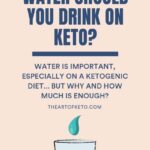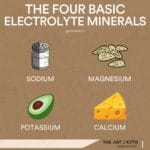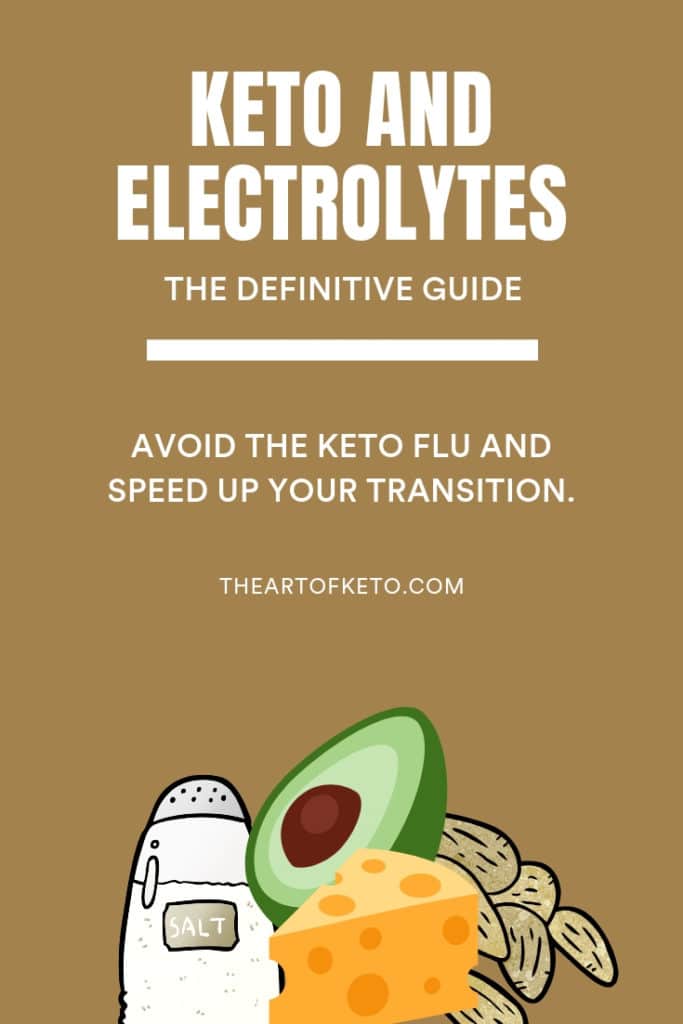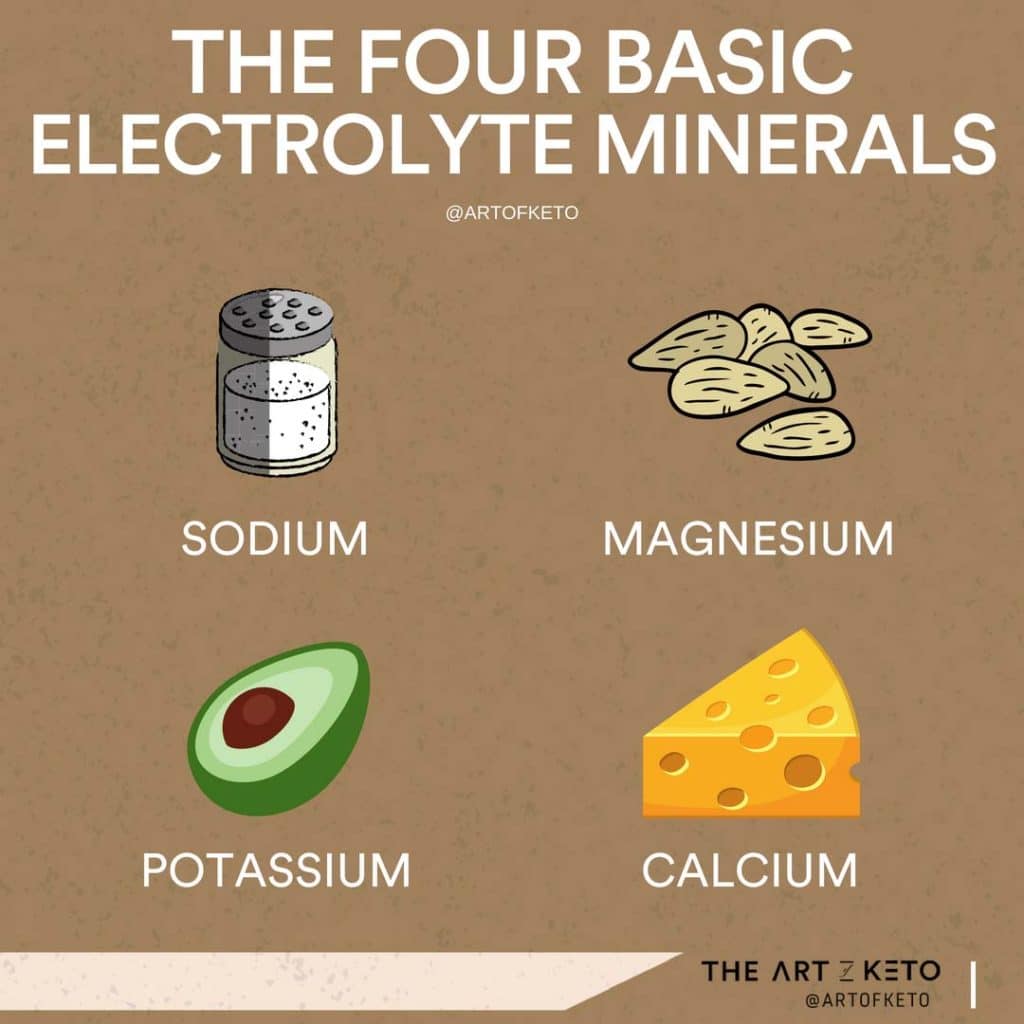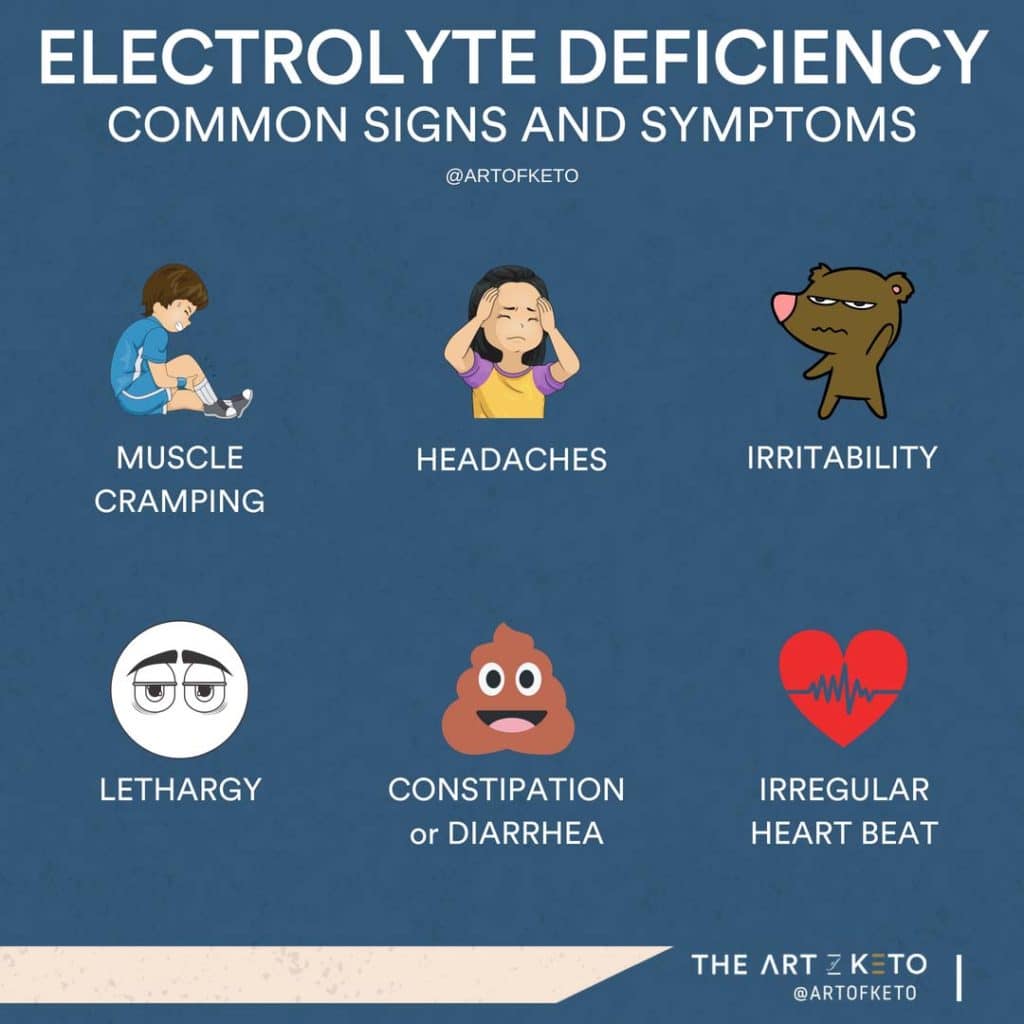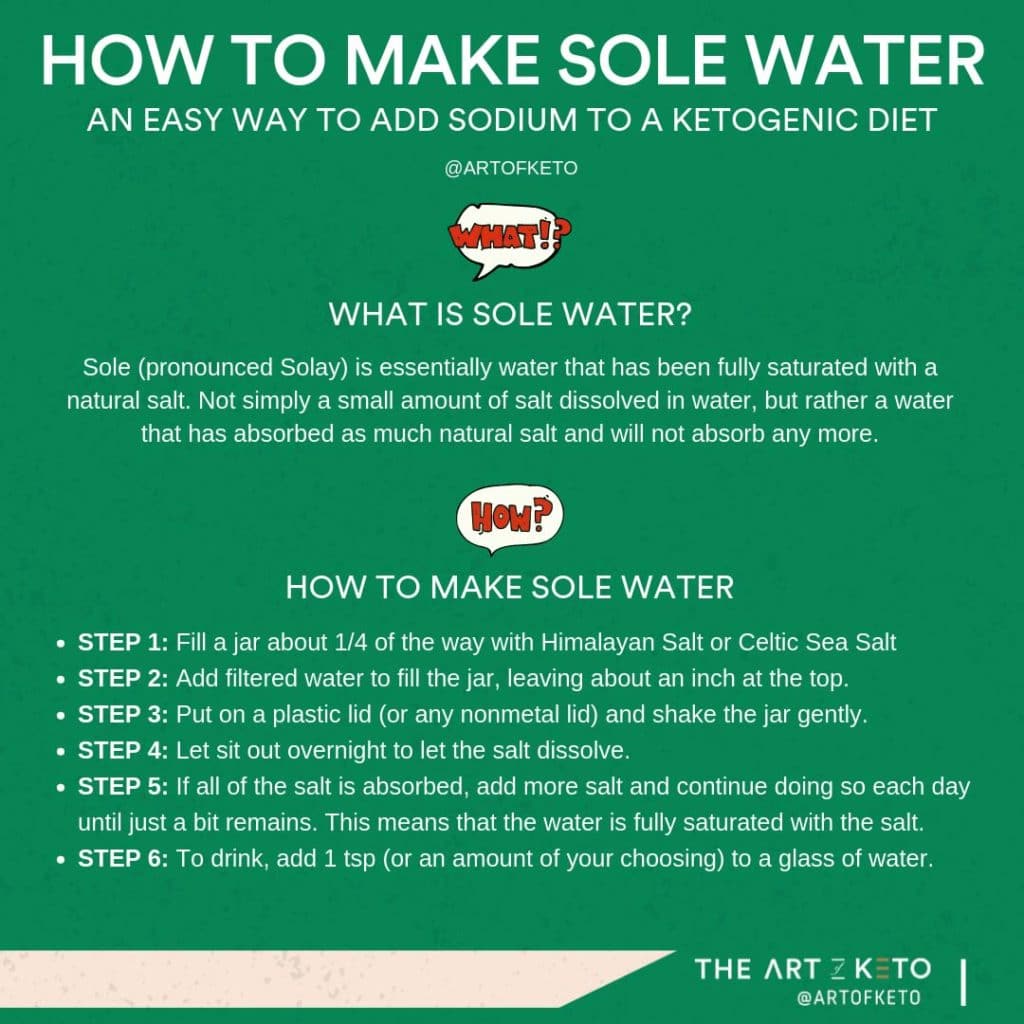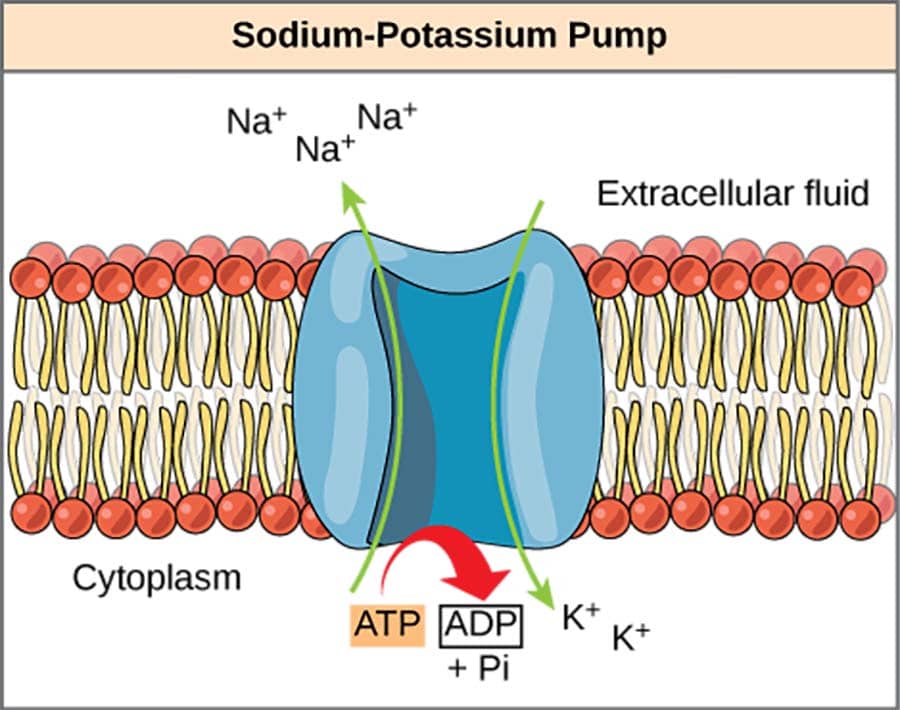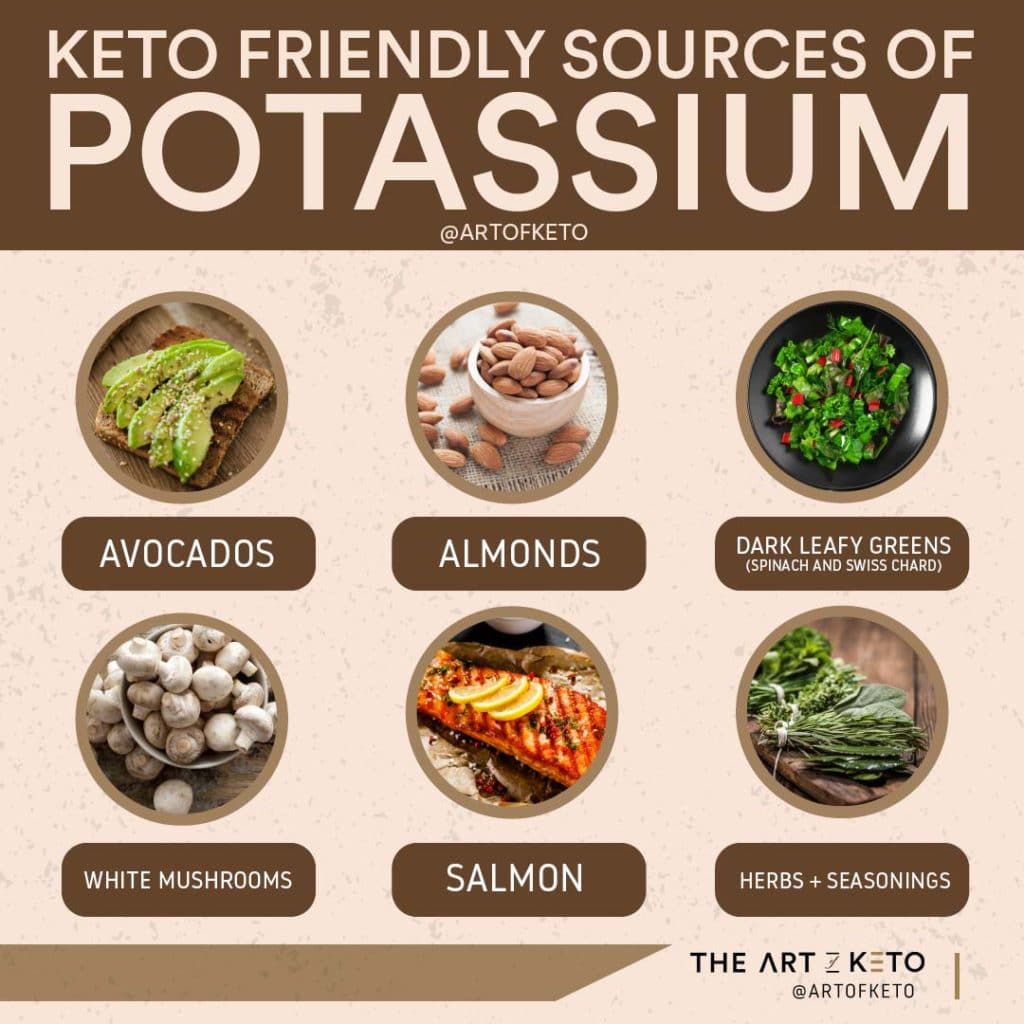I got a question the other day on Instagram. The person asked me “how much water should I drink on keto.”
The keto diet has a diuretic effect, especially in the first couple of weeks, making water crucial to prevent dehydration. The U.S. National Academies of Sciences, Engineering, and Medicine determined that fluid intake should be about 11.5 cups of fluid for women and 15.5 cups for men.
At first, the old adage of how many cups to drink per day came to mind. How many of you remember the old saying of drink 8 cups of water a day anyhow?
I mean really… what does that even mean?
How big of a cup are you supposed to use?
Lol.
I won’t lie… I still don’t know what “8 cups” is supposed to translate to.
This will have most individuals drinking between 0.5 to 1 gallon of water per day.
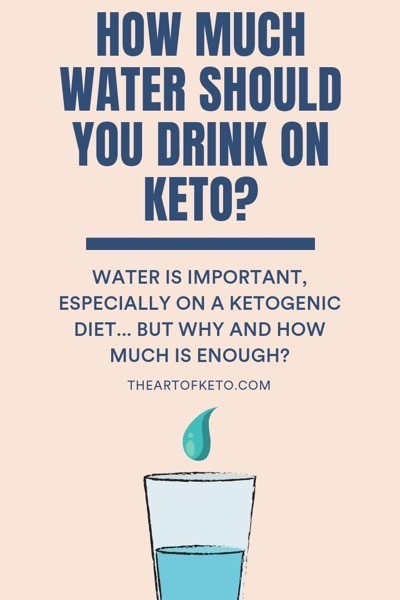
Why the importance of water intake on a keto diet is enhanced
Often times, many of the unwanted side effects of someone first starting a ketogenic diet is due to dehydration, being deficient in electrolytes (sodium, potassium, and magnesium), or both.
Having said that, let’s get into why it may be of more importance to be mindful of your water intake on a ketogenic diet.
Reduced glycogen
Glycogen is just another fancy word for stored carbohydrates both in our liver and our muscles.
On a standard ketogenic diet, you’re usually limiting your carbohydrate intake to no more than 10% of your total calories, and thus, less glycogen is being stored in general.
For every gram of carbohydrate aka glycogen that your body stores, you will also store 3 grams of water along with it.
On average, your body (muscle and liver) can store 600g of glycogen. This means that along with the glycogen comes close to 1,800g of water or close to 4lbs for us U.S. based folk.
This explains why you might experience a sudden loss of weight and increased urination during the first week of transitioning to a ketogenic diet.
While some of that weight is fat, I hate to burst your bubble… but a lot of it was likely water weight.
Ketones appear to have a diuretic effect
While not conclusive, it does appear that the presence of ketones may also play a role in water and sodium excretion.
Additionally, ketones appear to have a diuretic effect themselves causing the excretion of water and electrolytes. This includes the excretion of sodium, which itself causes water retention.
– Lyle McDonald
Less processed foods
Those switching to a ketogenic diet, at least MOST people, often times start to make healthier choices when it comes to food selection. Many people make the switch from sodium filled packaged foods to eating unprocessed whole foods.
A switch from pre-packaged foods to unprocessed foods often leads to a substantial drop in sodium intake, and less sodium means less water is retained.
Not drinking enough water on keto may lead to
Now that we’ve gone over why you should be a little more mindful of your sodium AND water intake let’s go over a few things you may experience if you’re lacking.
Mild dehydration
Goes without saying, but insufficient water intake can lead to mild dehydration.
Signs of mild dehydration include:
– Thirst
– Dry or sticky mouth
– Not peeing very much
– Dark yellow pee
– Dry, cool skin
– Headache
– Muscle cramps

Keto flu
Ever heard of (or maybe experienced) the dreaded keto flu?
A lot of the signs and symptoms associated with the keto flu stem from the loss of fluids and electrolytes.
Decrease in blood pressure (orthostatic hypotension)
Have you experienced lightheadedness going from seated to a standing position?
Then you may be experiencing bouts of low blood pressure, which is another symptom you may not be drinking enough water on keto.
Ways of staying hydrated on keto
Here are 3 useful ways of increasing your water and/or electrolyte intake on a ketogenic diet.
Keto lemon water
Keto lemon water is what you think it is. For those that just can’t stand drinking plain water, I find that lemon water is an excellent alternative for these individuals.
Lemon water is the most simple thing in the world to make. All you need is a jug of water and 2 to 3 lemon slices, and you’re good to go.
Preferably leave the lemons soaking in the water overnight and enjoy your lemon water the next day. You may also substitute limes for the lemon.
Sole water aka salt water is popular on a keto diet
I was first introduced to sole (pronounced solay) water a couple years ago.
Much like lemon water, instead of lemons, you’re saturating the water with a natural salt which is rich in minerals.
Remember, salt is not as evil as it has been made out to be… and we actually want to be adding salt in most cases when switching to a ketogenic diet.
For a good read on salt intake and why it’s so important, I would recommend giving the book The Salt Fix a read.
Making sole water is easy.
- Fill a jar about 1/4 of the way with salt.
- Add filtered water to the jar, leaving about an inch at the top.
- Put on a plastic lid (any non-metal lid will do) and shake gently.
- Let sit out to let the salt dissolve Step 5: If all of the salt is absorbed, add MORE salt a bit each day until just a bit doesn’t get absorbed. This is how you know the water is fully saturated.
- Simply add 1 tsp or amount of your choosing to a glass of water or other sugar-free beverage.
As far as salt choices, I prefer to use one of the following or a combination of the following salts:
– Himalayan pink sea salt
– Redmond real salt
– Celtic sea salt
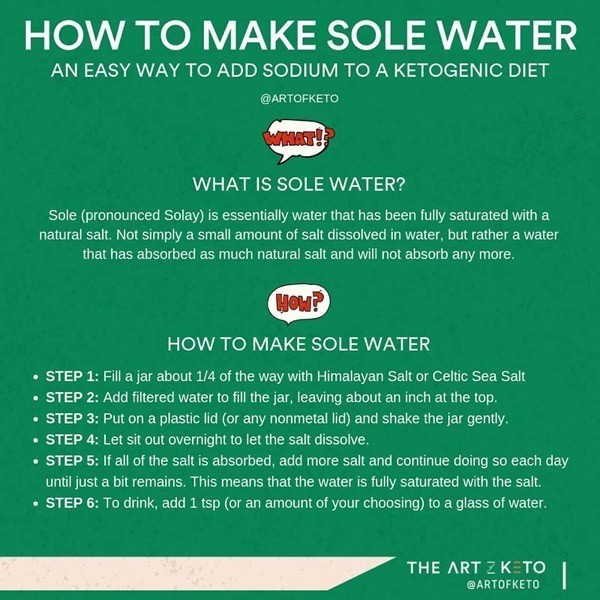
Sparkling water
I don’t know what it is, maybe it’s the carbonation… but when I’m tired of drinking plain water, I simply reach for a keto friendly La Croix sparkling water (non-sweetened of course).
And perhaps the occasional diet soda.
Other Low or No-Calorie Beverages
If plain water isn't your thing, you can also use water-enhancers or other low to no calorie beverages like the following:
A little about water intake, body weight, and weight loss.
Earlier above, I mentioned that a lot of the initial weight loss on a ketogenic diet within the first week or two is due to a rapid loss of water.
What most people mean when they want to lose weight is that they want to lose fat.
But aren’t the two the same thing?
Actually, they’re not.
Your weight is made up of both lean mass (muscle, bones, organs, etc.) and fat mass. In reality, you’re after maintaining as much lean mass while losing as much fat mass as possible.
So while the scale may play tricks on you from day to day, just remember as long as the scale is trending in the right direction, and you’re looking better in the mirror or progress photos, then you’re on the right track.
Can you drink too much water?
While it’s rare to do so, it is possible to drink too much water.
There is usually no need to drink anything upwards of 2+ gallons per day. Personally, I fall somewhere between 1 – 2 gallons per day, but I am also highly active and sweat a lot.
Here are a few drawbacks to drinking “too much” water.
Reduced ketones in the urine
While not really a drawback per se. If you’re using keto urine strips to test for ketones, you may notice very little or no ketones at all showing up.
This is likely due to the ketones being diluted to the point where it is not being picked up by the pee strips.
First, if testing your ketones is essential, I would probably opt for a blood ketone meter instead.
Second, ask yourself if you’re more interested in seeing results or seeing a high ketone reading.
Electrolyte imbalance
Much like drinking too much water can dilute ketones in the urine, it also can dilute and flush out electrolytes and potentially be fatal.
Over-hydration can lead to salt and other vital keto electrolytes becoming diluted and unbalanced, resulting in feelings of sickness and possibly death.
The only cases I’ve heard of people dying from over-hydration were people who over hydrated and didn’t take in enough electrolytes during extreme events such as a marathon or ultra marathon.
Summing up how much water to drink on keto
Increasing your water and electrolytes is vital on keto. As you remove carbohydrates from your diet, you will begin to excrete water and electrolytes more rapidly.
How much water YOU should drink depends on your body and lifestyle factors, such as how much you exercise, whether you’re a heavy sweater, etc.
A good rule of thumb is to aim for 5 clear urinations throughout the day, not just 5 urinations total.
This usually leaves most people with drinking somewhere in the ballpark of 0.5 to 1 gallon of water per day.
According to the Mayoclinc they recommend about 4 liters of fluid for men and 3 liters of fluid for women.
Other beverages such as coffee and tea can be included in this total.
This may sound like a lot of water, especially if you don’t drink that much currently. You would be surprised and how easily you will get used to drinking this amount in no time.
Drink up.
